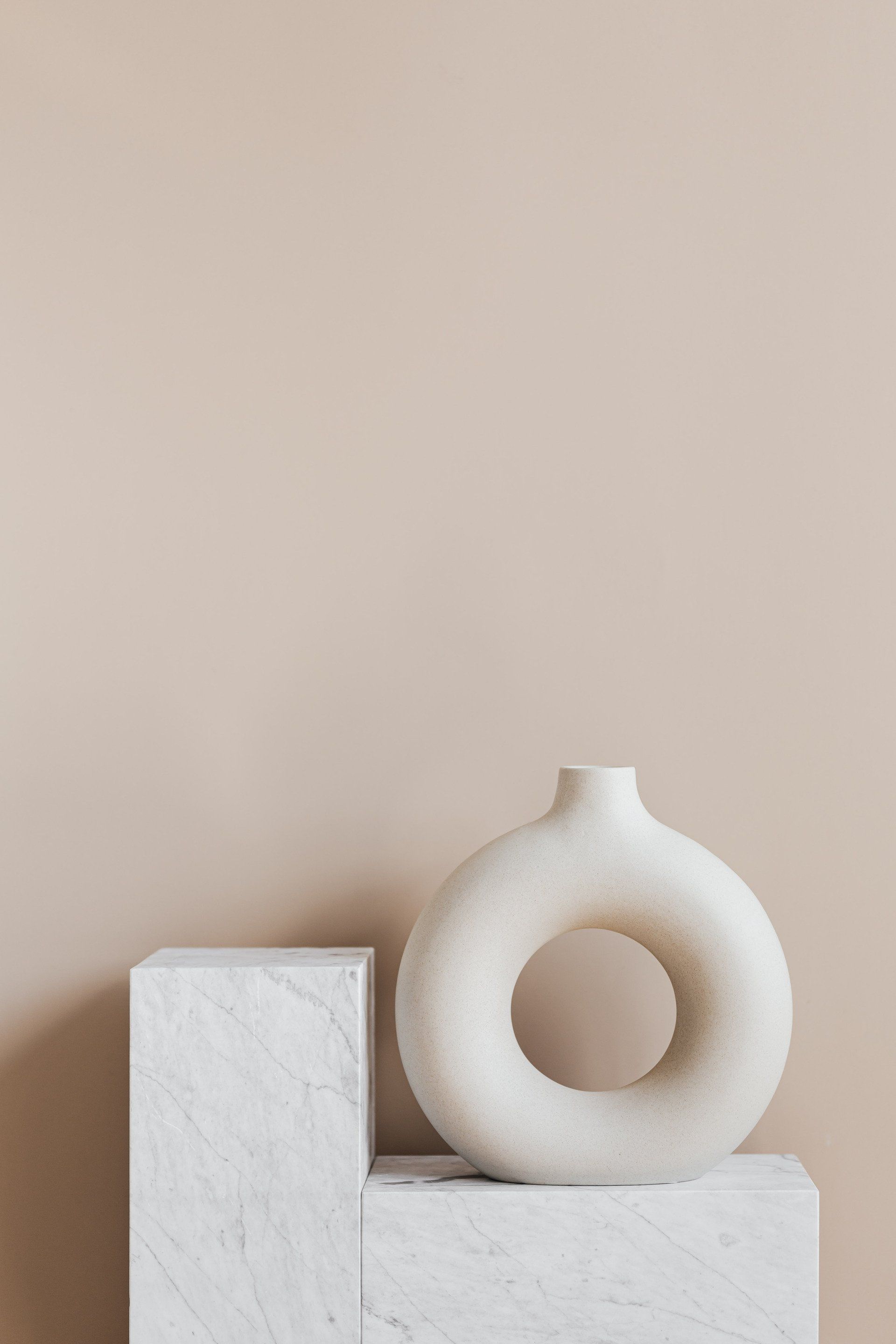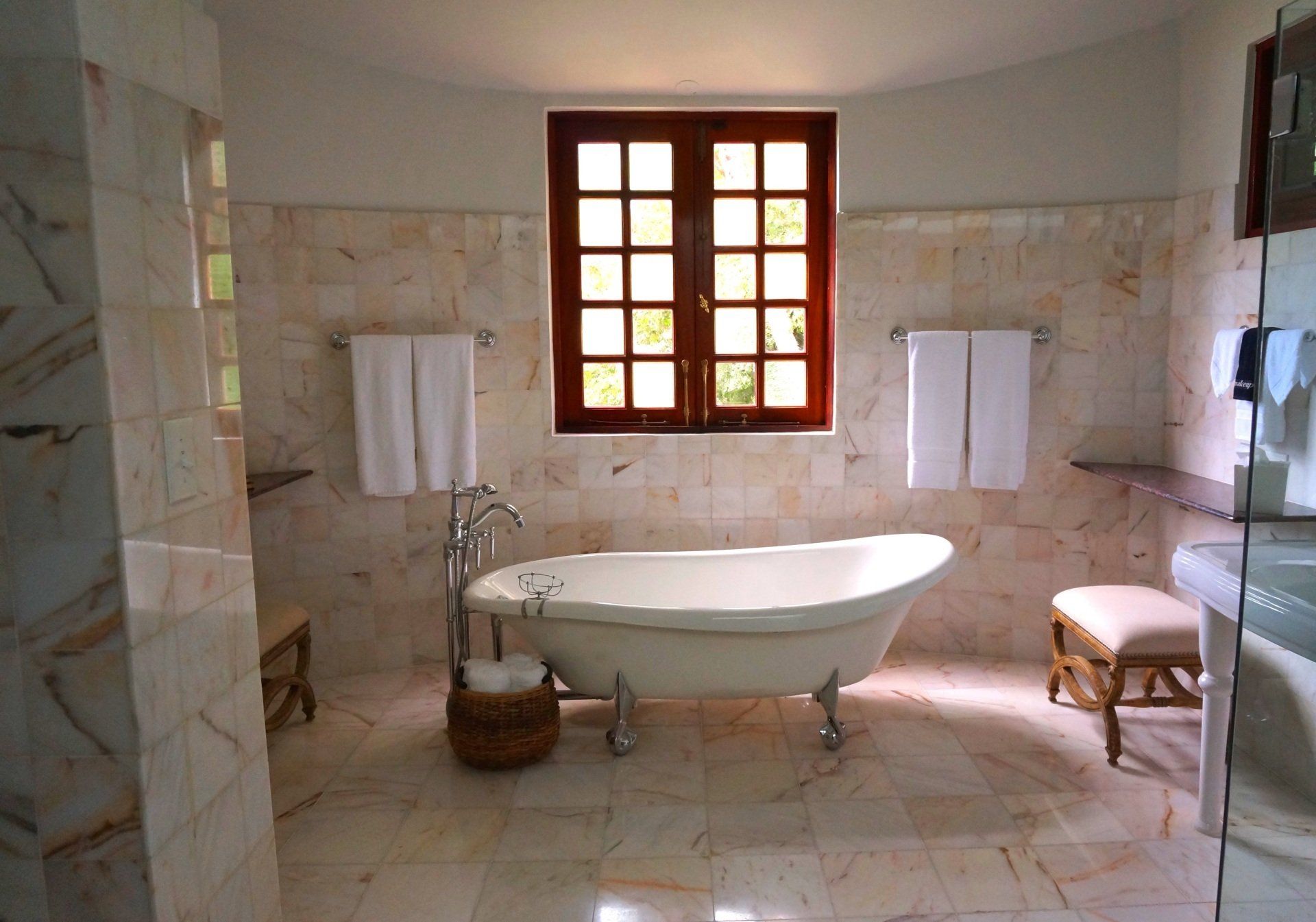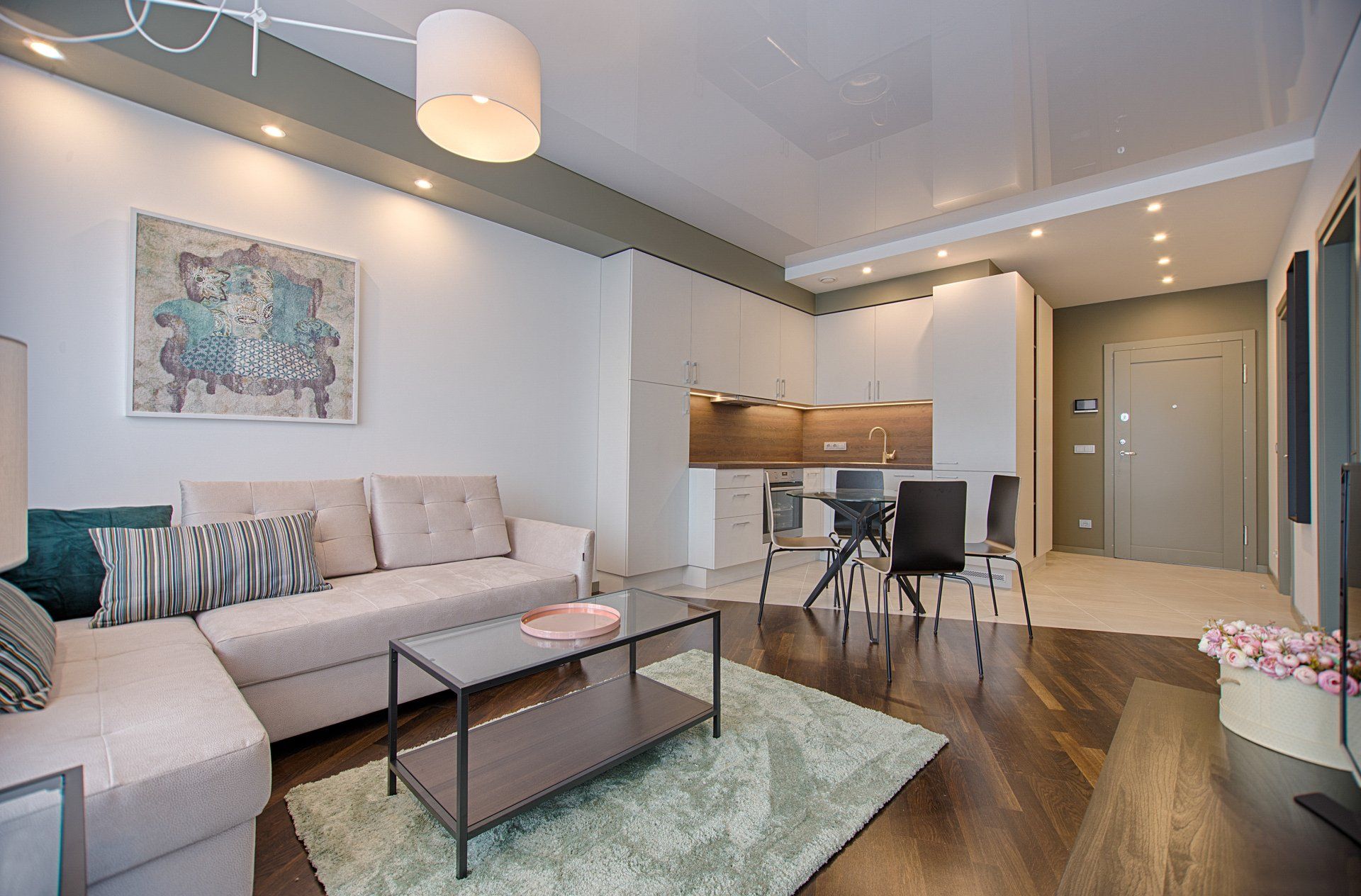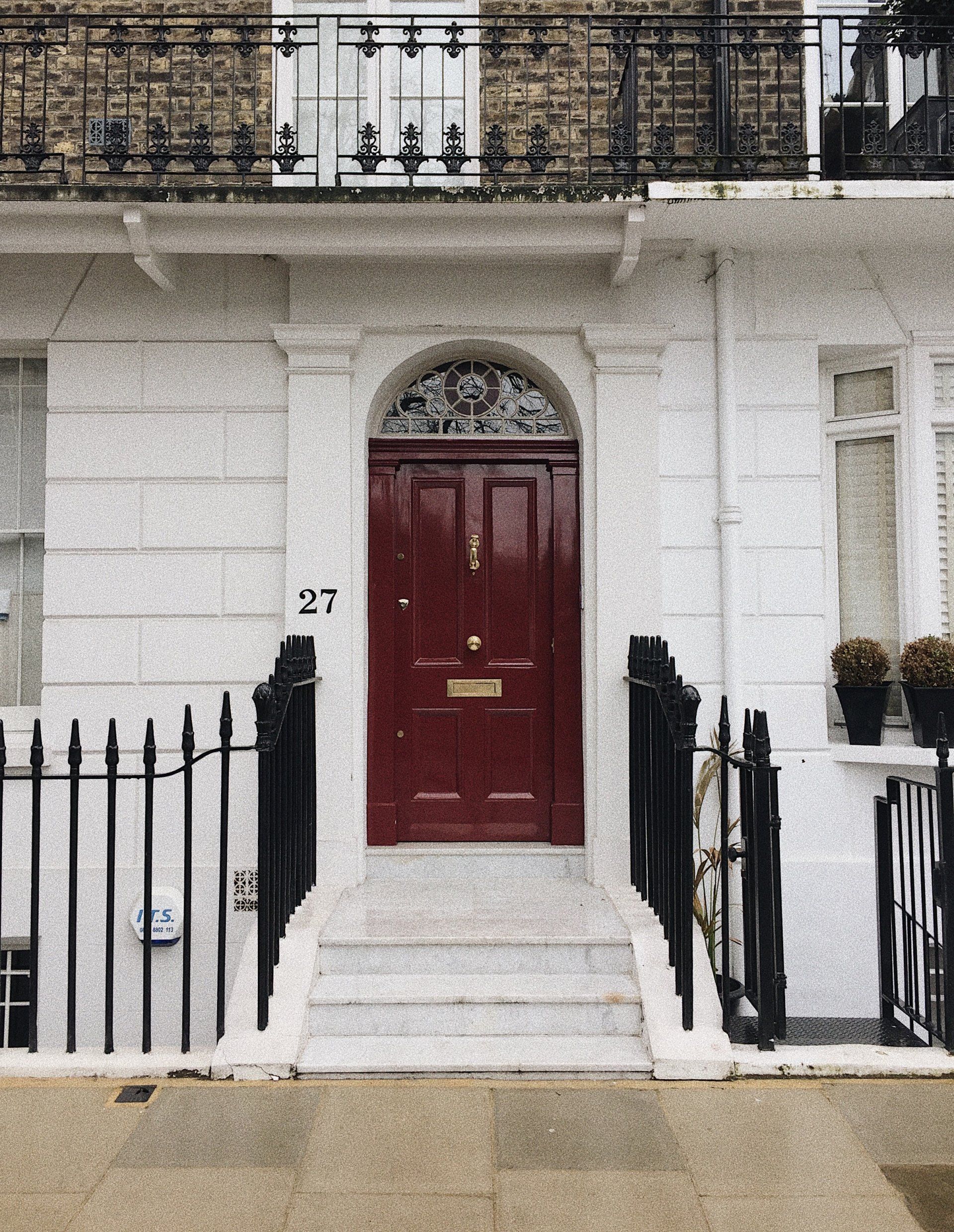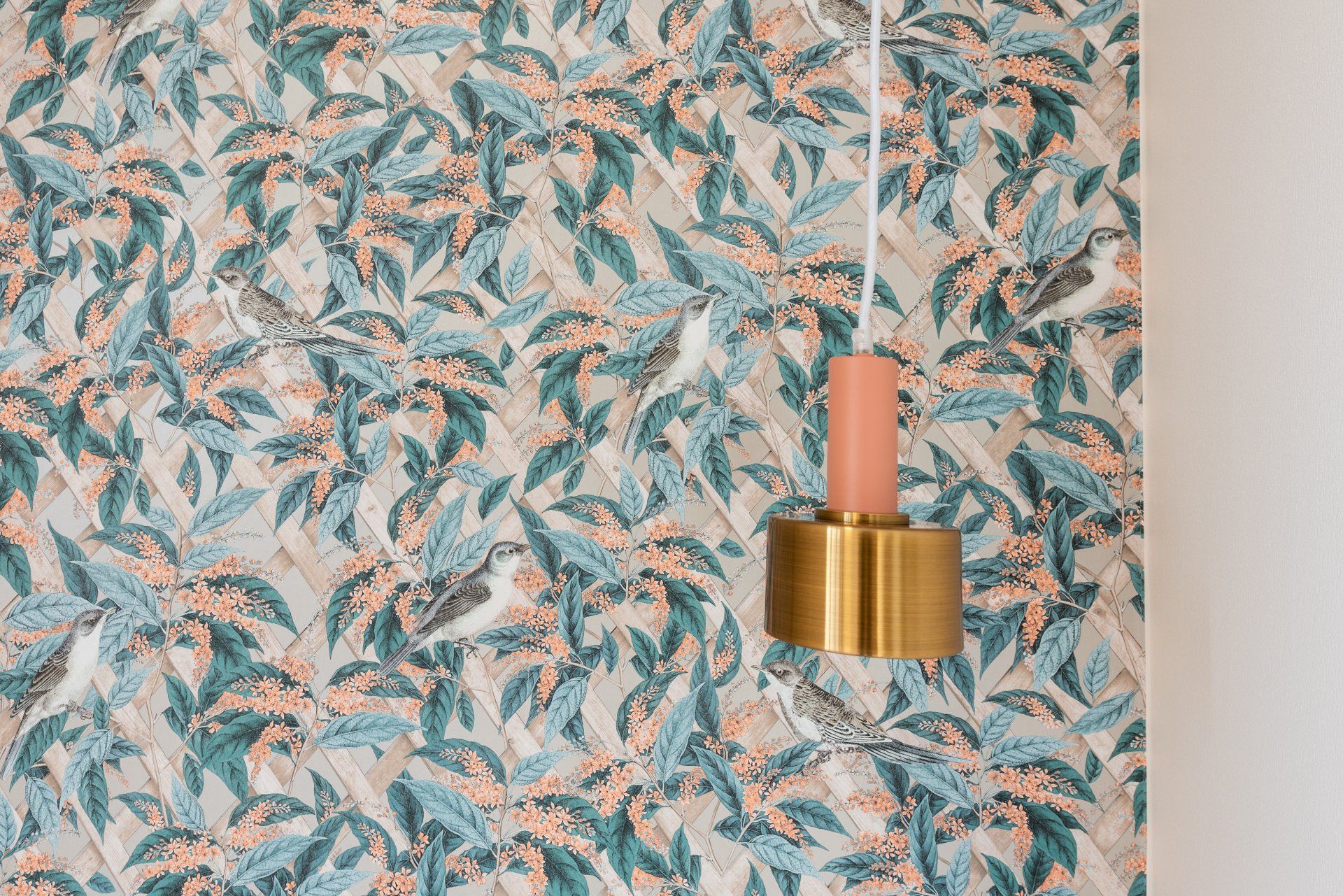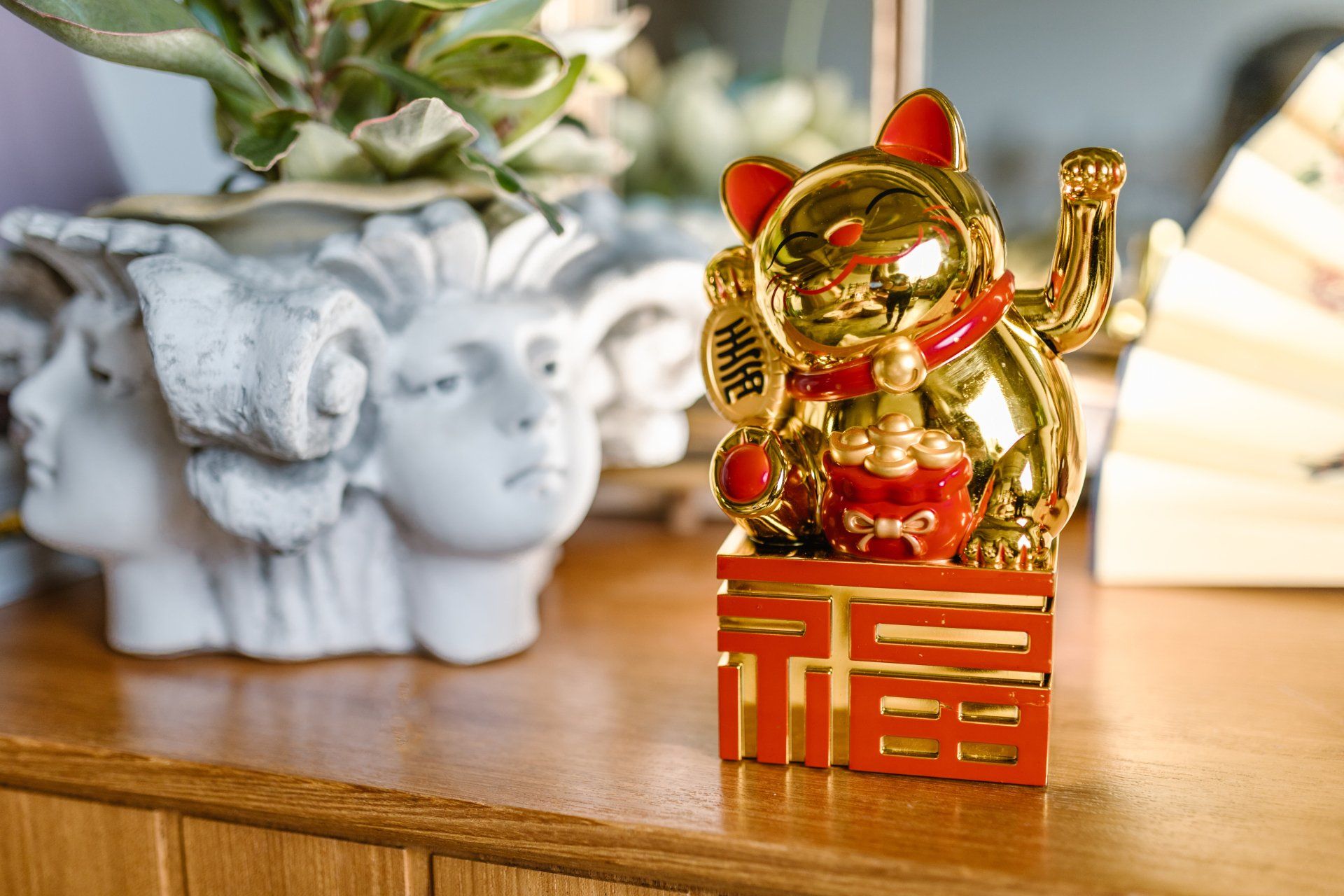A Beginner's Guide to Japanese Interior Design
A Beginner's Guide to Japanese Interior Design
What Is Japanese Interior Design?
Balance, order, old traditions, and a desire for natural beauty are the mainstays of contemporary Japanese design. Form, line space, light, and materials are only some of the primary components that make up this style. A significant value is derived from the absence of unnecessary furniture and walls, which allows the space to have an airy, organic look.
In real life, this may be as simple as focusing on the use of natural materials and relying heavily on sunlight and preserving a lot of unoccupied space by being aware of what you're bringing to your house and the way it's set up.
In the center of this is a notion called "Ma," which aims to create equilibrium and harmony between emptiness and openness on the one side of the living space and furniture and other things on the other. As the foundation of Japanese style, living spaces are calm, clean, free of clutter, and provide a tranquil oasis for both visitors and the residents.
Elements of Japanese Design
In style with long-standing roots, it's hard to reduce the Japanese style down to the elements. But, there are certain common themes that are prevalent throughout Japanese designs that are authentic to the tradition and simple to incorporate to your home for the feeling of more peace and connection to your home and the surrounding.
Lightness & Illumination
Lighting is thought to be among the most important aspects that define Japanese homes. It is not thought of as an added feature as a product but rather as a material that is able to be perceived and felt. The design of homes is in an approach that keeps in mind the movement and the quality of light, giving a refreshing and vibrant style. Therefore, skylights, large windows, skylights, as well as glass doors are standard characteristics in Japanese design.
Elements of Nature & Natural Materials
The Japanese interiors have been designed to mimic the natural surroundings. Natural wood is commonly utilized as the main material, while bamboo silk, rice straw mats, silk, and paper provide attractive textured accents. The earthy hues of beige, blues, browns, and greens are frequently employed in Japanese homes to try to recreate the feel of being in nature.
Greenery is also often integrated into more traditional Japanese homes. Bonsai trees, as well as ferns, can often be noticed, and Ikebana (a Japanese-style flower arrangement) is usually used as a method of bringing a splash of color to an otherwise neutral color scheme.
Limited Walls & Fusuma
The traditional Japanese interior design follows an approach that is minimalist in the area of inner walls as well as construction all over. Instead, they opt for an alternative known as Fusuma. Fusuma is rice or bamboo wood sliding doors made of paper that function as walls and doors; however, they can be removed to modify the design of any room. By avoiding unnecessary walls inside, the living space is opened to the outside, creating an organic flow between indoor and outdoor. The idea is to bring all the elements down to their basic quality and also creates an organic connection between the house and the surrounding.
GET A FREE QUOTE
Send us your details and we’ll get back to you to schedule a time to talk.
Edmonton Interior Design Quote
We will get back to you as soon as possible
Please try again later
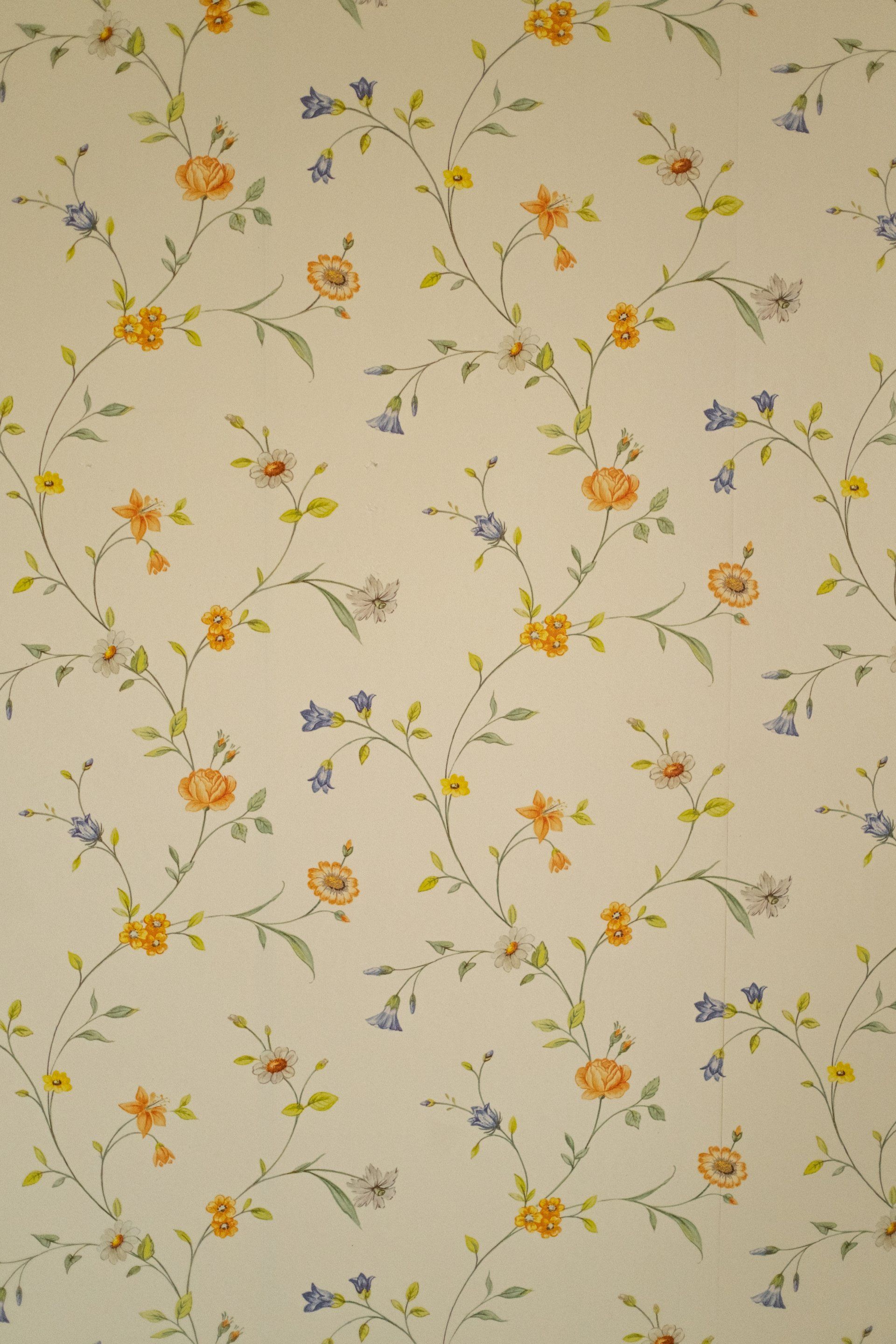

Edmonton Interior Design Savants
Edmonton Interior Design Savants
10250 118 St NW 302 B, Edmonton, AB T5K 1Y5
CONTACT US
2025 All rights Reserved

